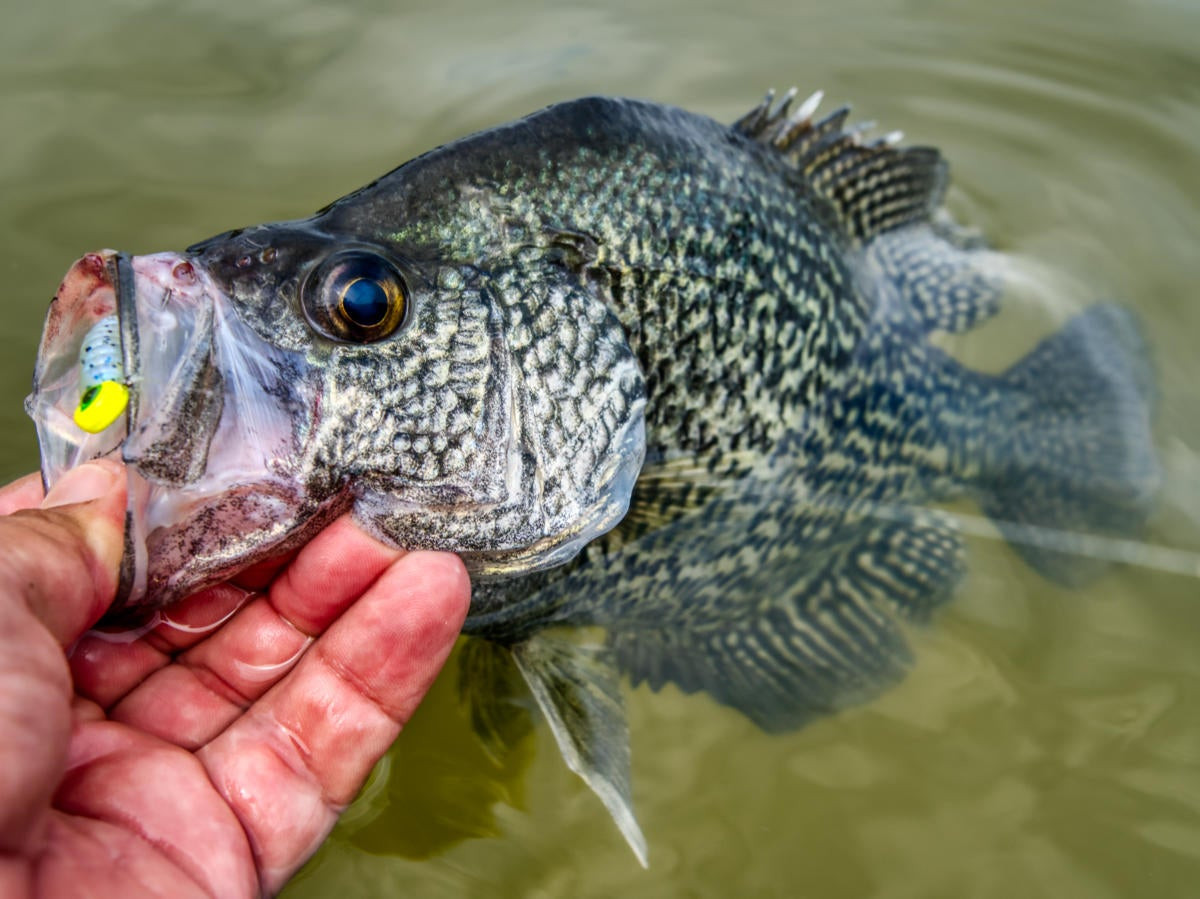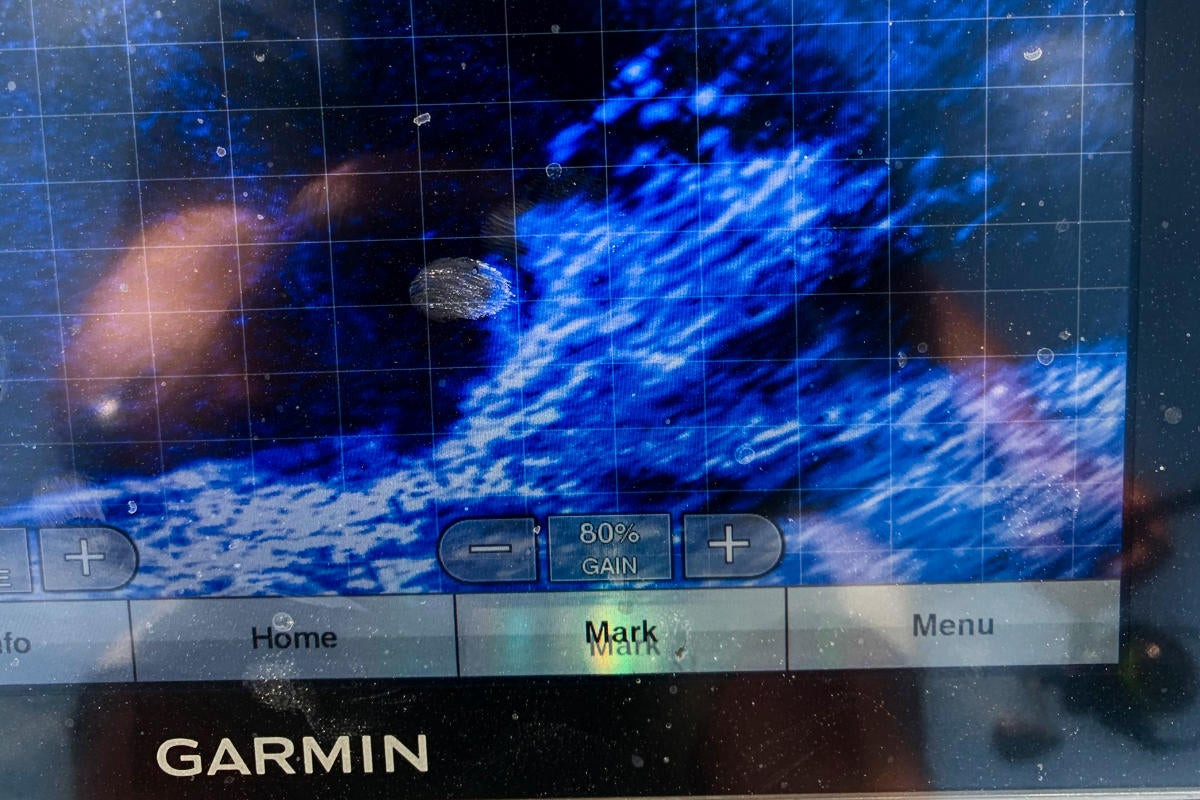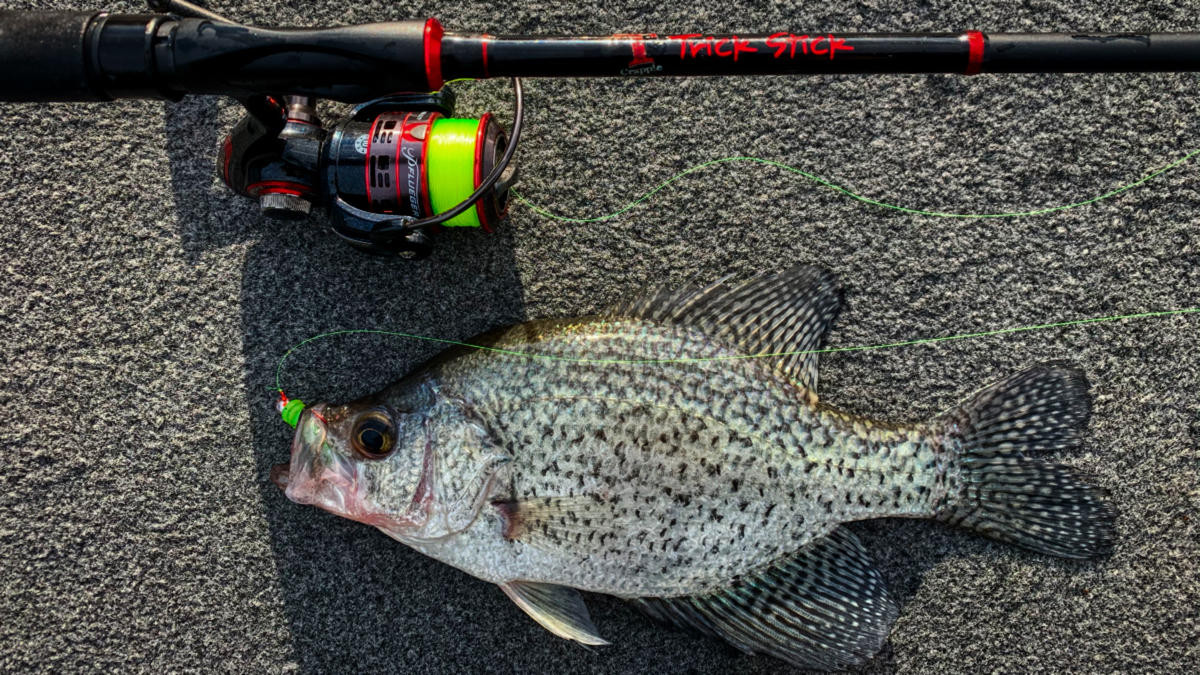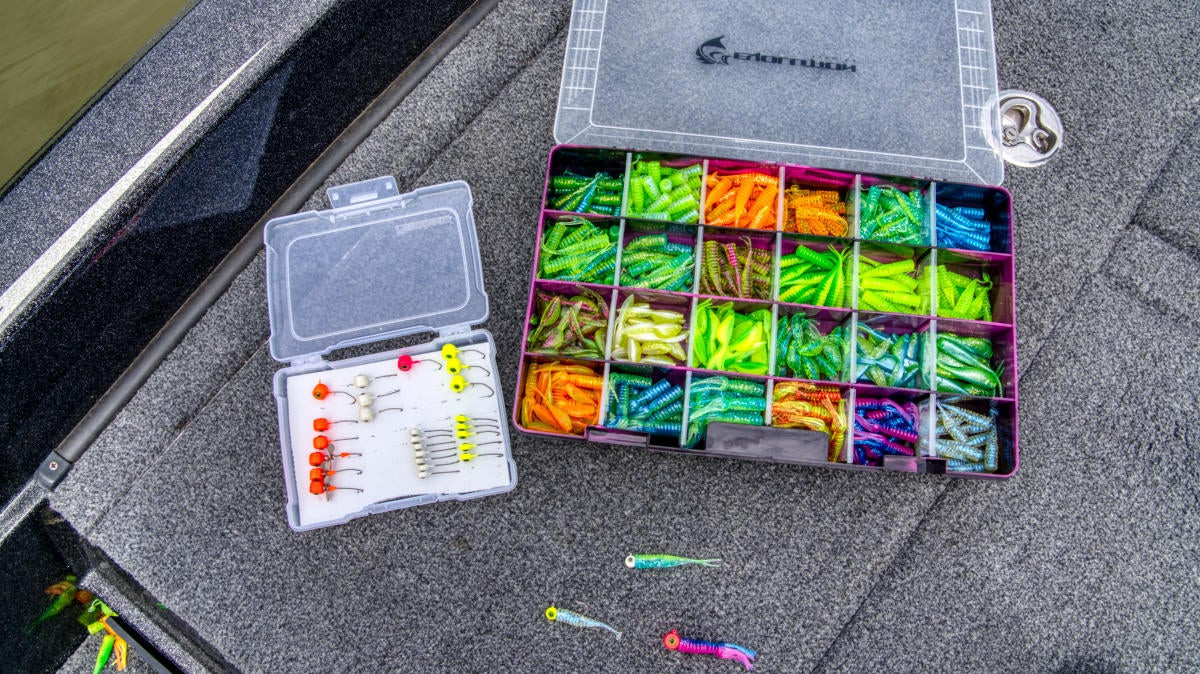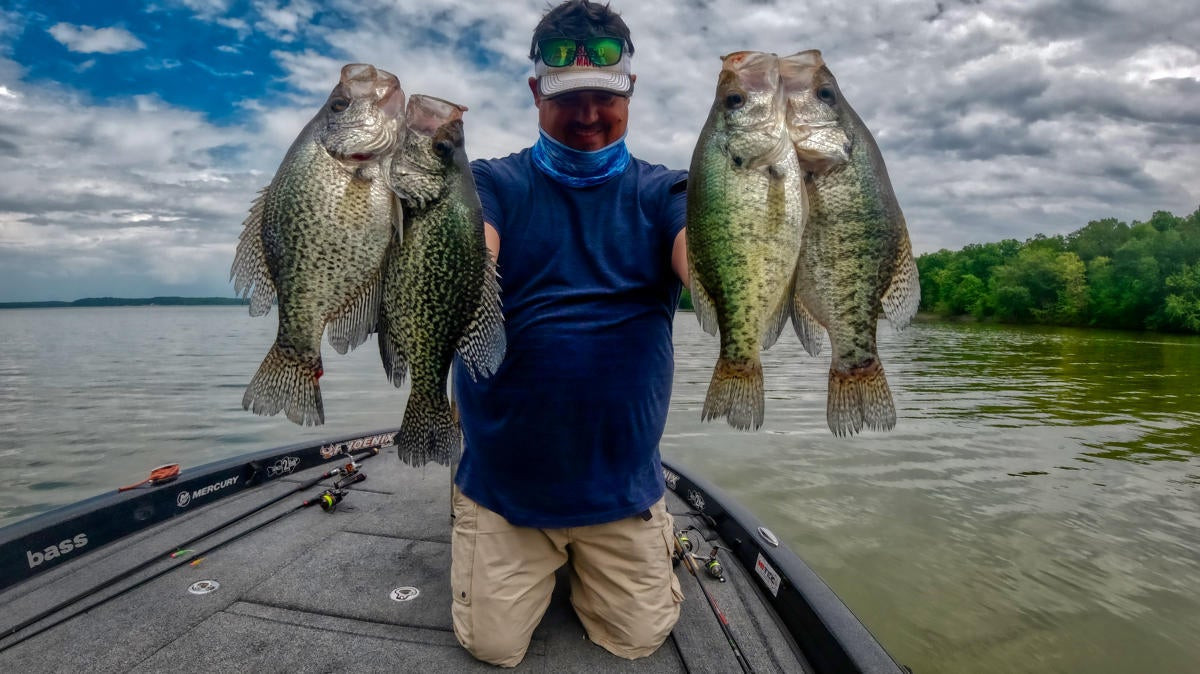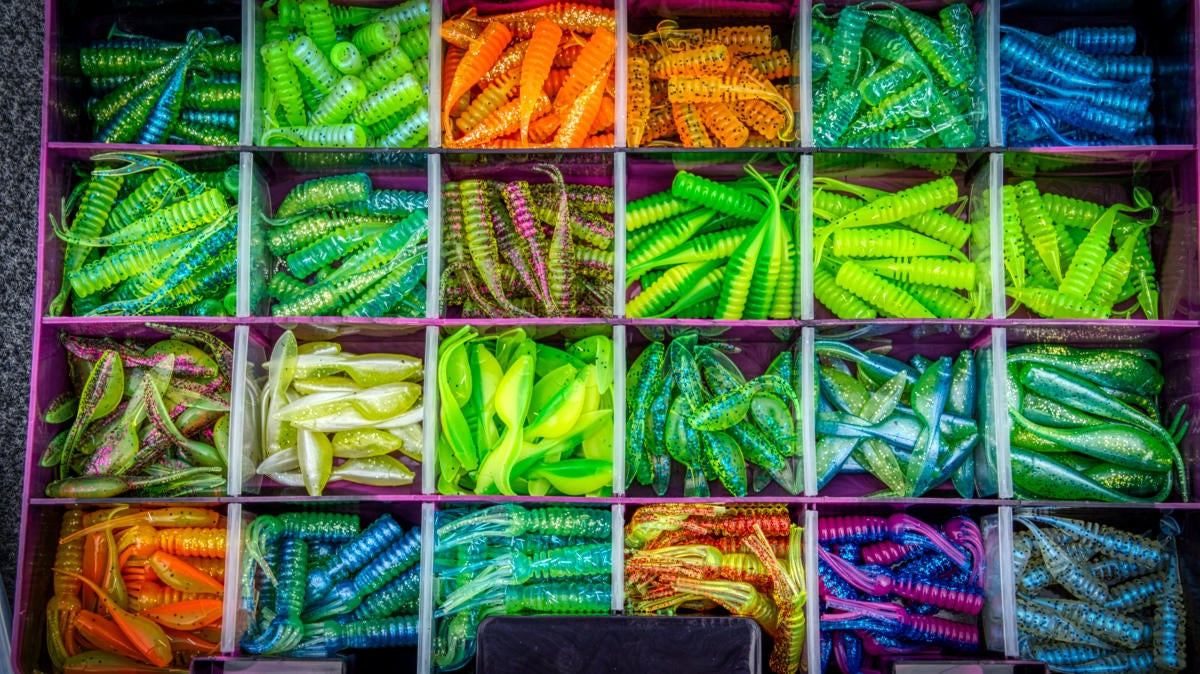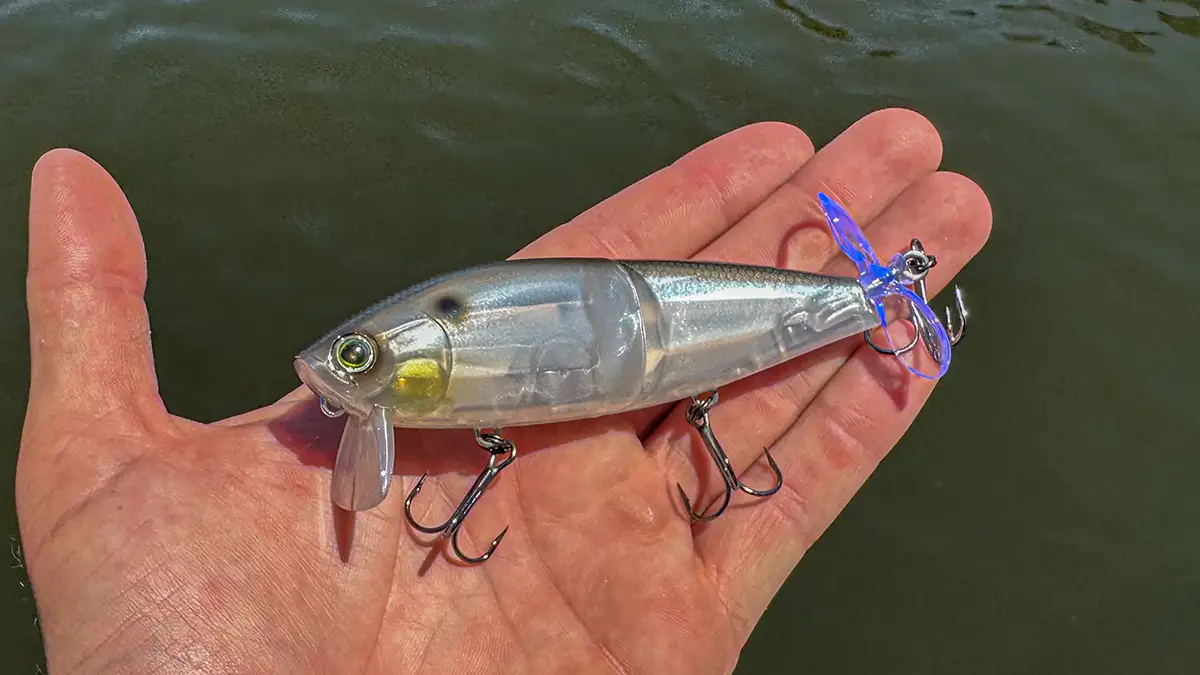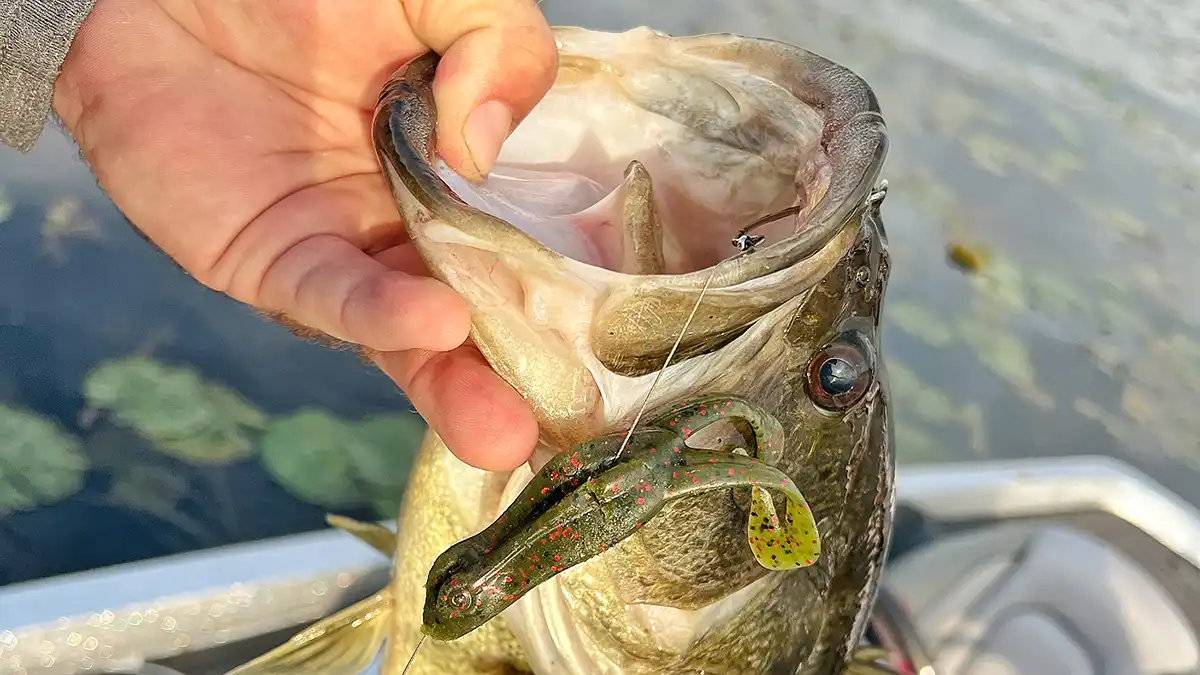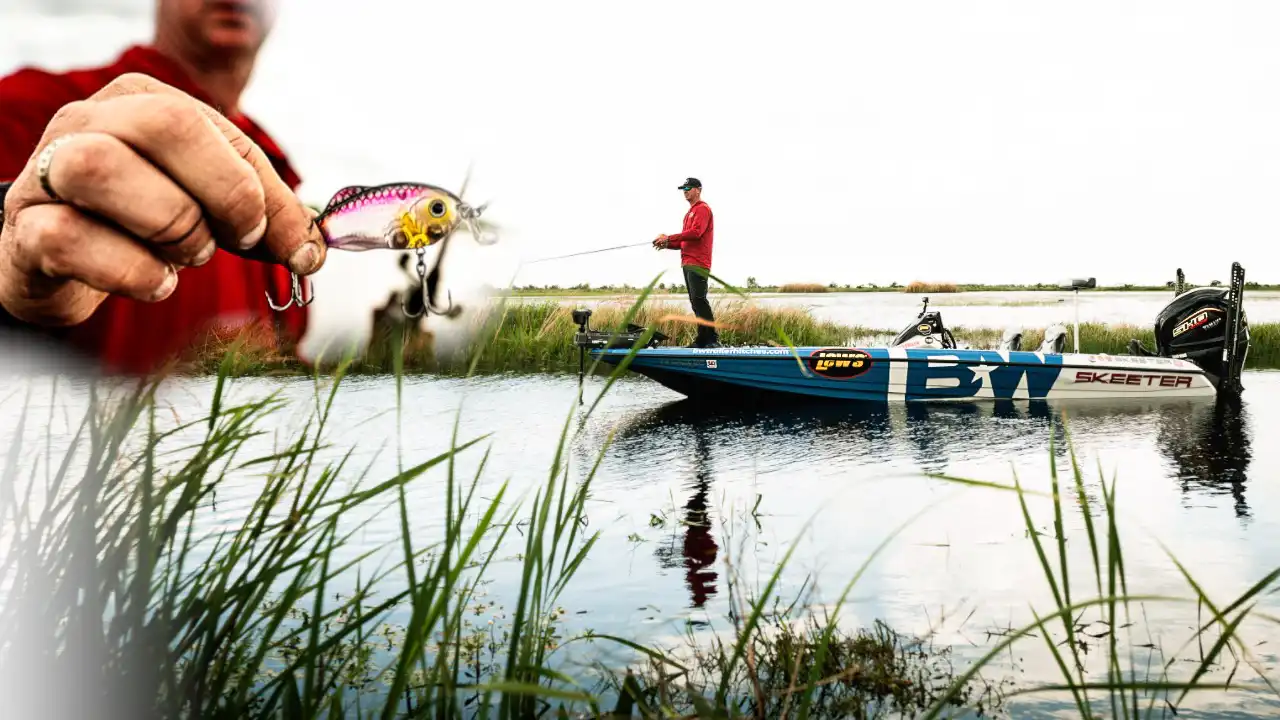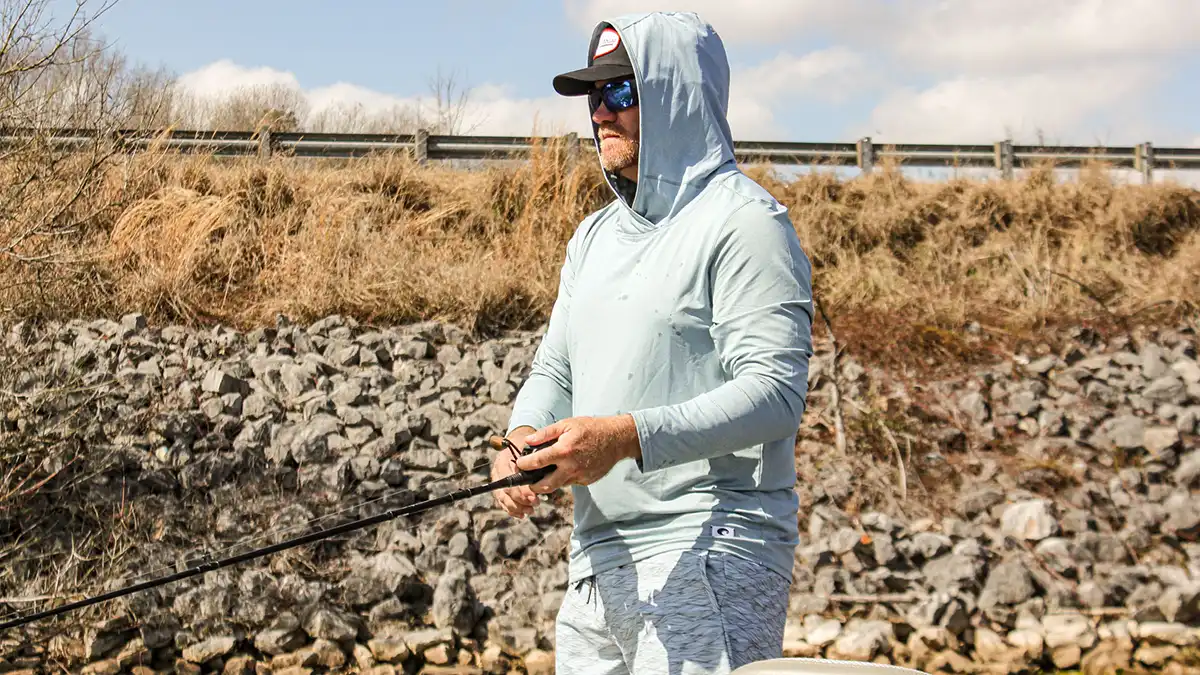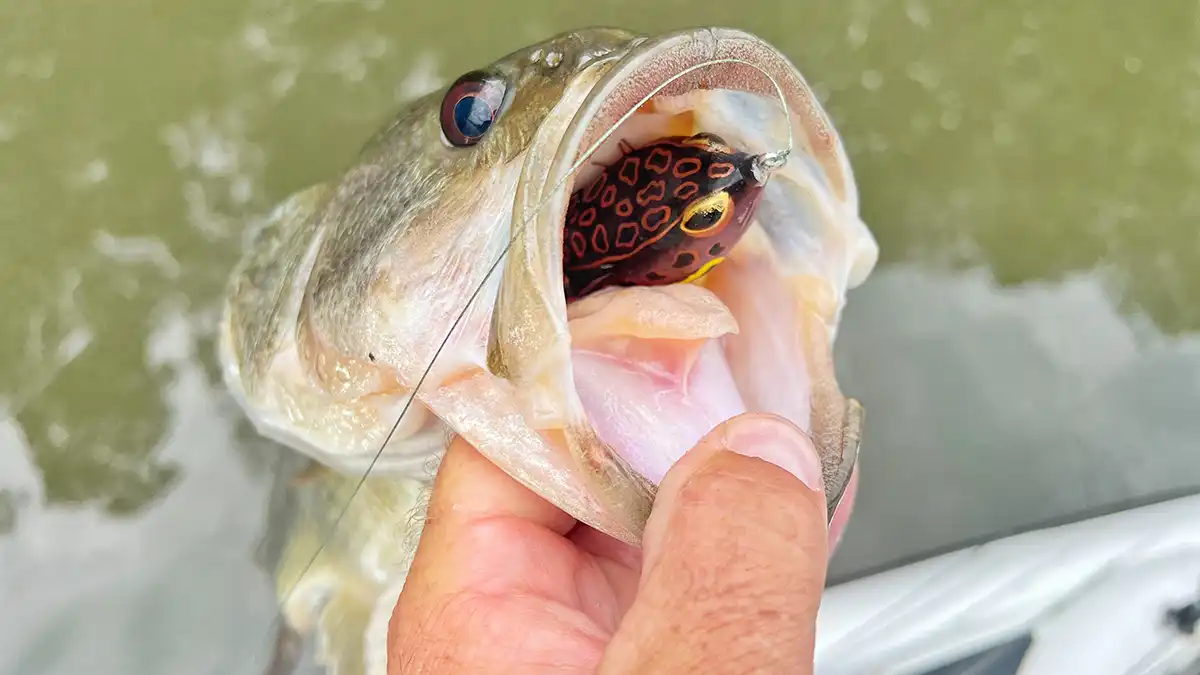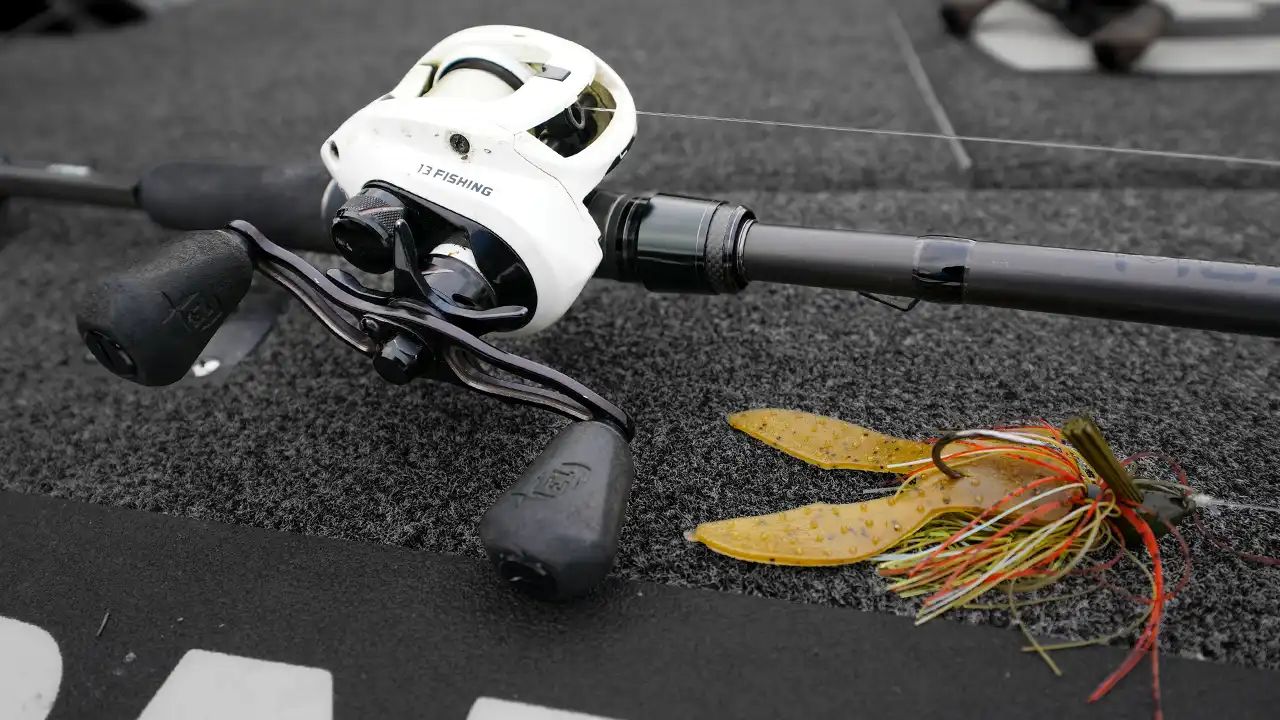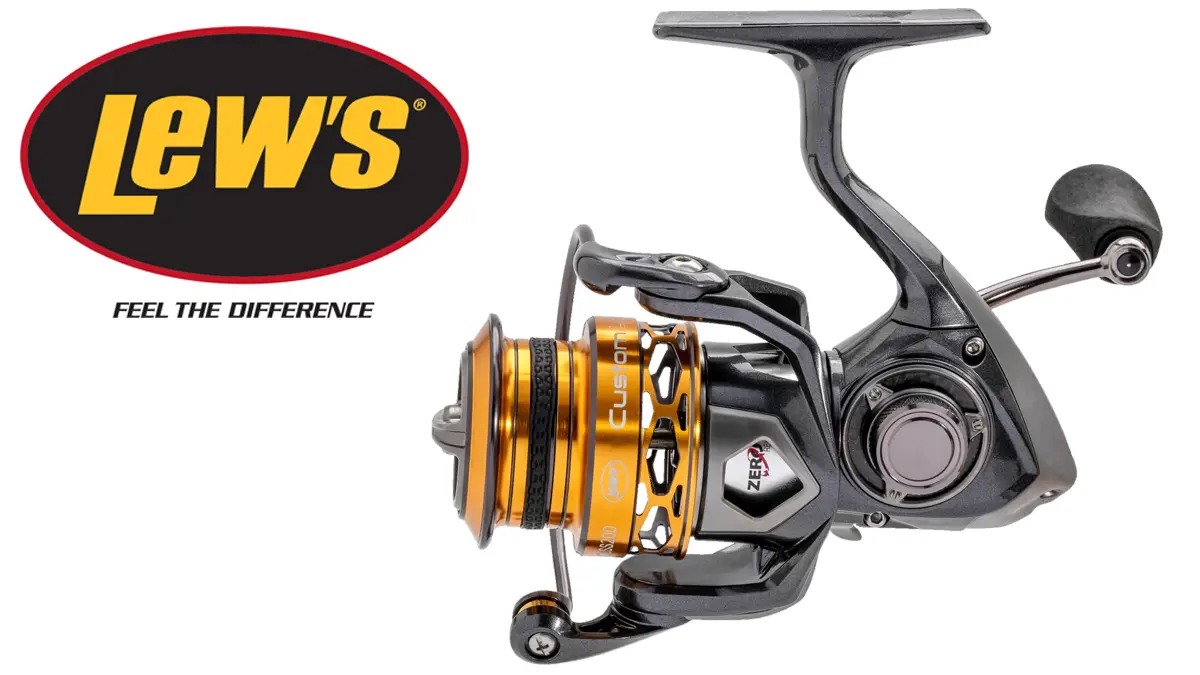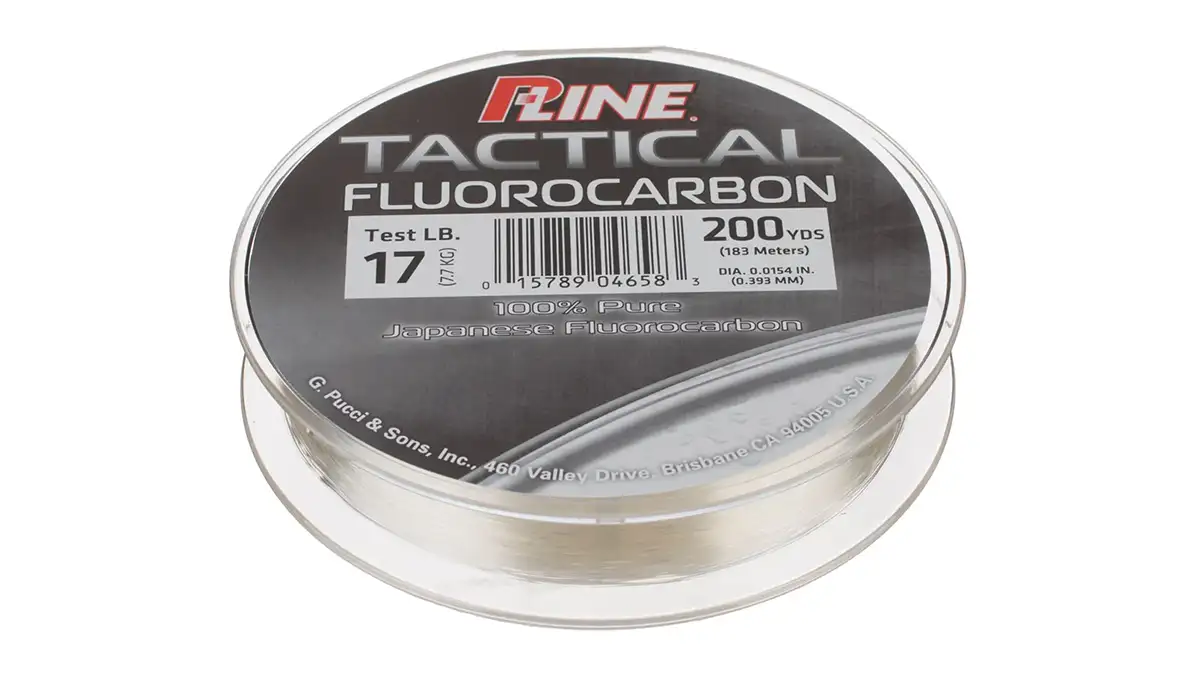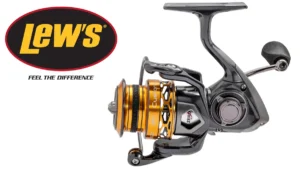I have been spending time practicing using my Garmin Livescope and Garmin Force Trolling Motor on my 20-foot Phoenix 920XP Bass boat to catch more and bigger crappie. Specifically catching an individual crappie I deem to be larger than the others near a piece of cover by precise placement of my lure and the slight to no movement around the fish it requires to irritate them into biting your jig.
It’s a process to get crappie to react to your bait. I’ll be the first to admit I catch a lot of my crappie from a distance before they ever know anything is up. Usually that first cast by a piece of cover yields a nice crappie as does subsequent casts and retrieves. But then you reach a point of diminishing returns where the other fish are wise to your game. Then it becomes a matter of precise placement and presentation to eventually coax a fish to bite. Sometimes color can make a different. Sometimes profile or size of the jig and plastic makes a difference.
But most of the time it’s how much the jig moves. Or as is often the case with crappie fishing, does NOT move.
I shared a piece a while back on the retrieves I use a lot in crappie fishing. But a friend’s inquiry recently led me to the conclusion that most anglers want to move the lure too much. With advent of modern real time electronics like Garmin’s Livescope. Anglers are getting to see EXACTLY how crappie react to your lures movements and placement in the water column. And often its this combination of presentation, not scent or color, that is what ultimately matters to getting bites. Before these real time electronics, we simply didn’t know how the crappie were reacting to our baits.
Here are handful of things to consider in how you present lures that I’ve learned from talking with other good crappie anglers and studying how crappie react to a jig’s presentation the last several months with my Garmin Livescope.
1. Boat control is more important than line size
I’ve asked a lot of questions over the years when it comes to crappie fishing. Regarding line size, guys I trust like Kevin Rogers use straight braid while other accomplished crappie anglers swear by 4-pound fluorocarbon, while still others will say 8-pound monofilament is all you need.
What they all agree on, if you put the jig right on the fish make it move in a way that gets him to react, the line choice becomes irrelevant. What is more important is that you can hold your lure at the level and speed, which is often sitting perfectly still just above the fish, that the crappie prefer.
Your electronics will show you the fish are there, but if you can’t master keeping your distance, holding your boat still so you can work a jig right over the fish, you will struggle to catch big crappie consistently.
I have been practicing with Livescope a lot. By practicing I mean adjusting my range and gain and then focusing on how far away I need to be from the fish to present my lure and then trying to keep the boat in position the whole time regardless of wind or current that may be complicating keeping still.
2. Your jig’s level is more important than speed
“If you drop the jig down through and past them, you often spook the crappie out of there,” said reigning 2019 Mr. Crappie Invitational champion Tony Sheppard. “Before I had Livescope, I would just drop my jigs down and then reel up to where I thought the fish were. After I got Livescope, I saw when I did that, the crappie often spooked out of there. Now I’ve learned to lower my jig down to the fish and keep it above them at all times.”
In my own practice these last few months, I’ve seen where you can work a jig pretty fast as long as you are above the fish. I can sit off a brush pile and cast to it and reel it steady pretty high above the pile and watch crappie blast off out of the pile and nail it. Other times I will let my jig sit above a fish with a long rod like the Jenko X13. When the crappie starts to show interest, I will take the jig away slowly and that usually speeds them up into a bite.
So staying above the fish has yielded a lot bigger catches for me this year.
3. Figure out color and size with how crappie react
Once you master your boat control, and keeping your jig right above the fish, then you can see if the fish react to your offerings. This is when you can experiment more with color and profile. Maybe they didn’t react to Fire and Ice so you switched up to BlueGrass and got them to bite. Maybe they wanted a more streamlined profile. Sometimes they might react to the bulkier profile.
The key is to stay in the fish’s zone. If you have Livescope, you can actually watch how the fish react to your jigs and adjust color and size accordingly until you find one they react to.
These days I stick with either a Jenko Big T Tickle Fry, Fry Baby, or Fringe Fry depending on what I want the bait to do. The Tickle Fry is my casting jig. I like the Baby Fry when the fish are reacting well to a small profile. I like the Fringe Fry when I want a bigger jig, say for fishing deeper on a windy day so I can keep it from moving as much. Then I experiment with 1/16 to 1/4 ounce heads depending on what I want to do with the jig.
I’ve also found that the Evolution Outdoors Drift Series Tackle Tray is a perfect lightweight box for storing my crappie plastics.
4. Keep the bait moving or not at all
I’ve caught a ton of crappie, sitting back off a piece of cover and casting to it and letting the bait pendulum down through them and then pulsing and slow reeling to keep it up. That will usually pick off the more aggressive fish. I keep it moving and get the triggered easy fish before I ever get close to the cover.
Then as the fish get leery to my presentation, I will slide in closer and try to keep the jig in their range. I’ve found that guys want to hop the jig and do a bunch with it. But most of my bites have come when I slowly let it down on their nose. Or slightly pulse it by popping the slack lightly and let it float so it will show so movement but stay pretty still in front of them.
Oftentimes, just holding the jig perfectly still will get a fish to come up inspect and bite.
5. Worry more how your jig stalls than kicks
Along those same lines, I see guys popping the jig constantly, reeling it fast, raising their rod tips. Crappie fishing is more about letting the jig just sort of float in the water, slowly falling and then just popping some slack to get it to flick its tail and then stall it again. That shake and stall is a killer with crappie. Ultimately, you just want to get their attention and let the bait sort of suspend in their face for as long as possible. I am often not reeling or moving my rod at all when I get a bite.
I will pulse the jig, then just hold still and watch my line. It’s uncanny how many bites come when that jig is stalled. It’s as if the crappie want to know the bait is alive but not really in a hurry to take off.
I think this is hardest for bass fishermen to grasp. They have a natural chunk and wind or drag and reel up slack mentality. Where with crappie it’s about moving it just enough to keep it at the right level but trying to move it as little as possible.
I have known good crappie anglers who reel so slow and then will just drop their rod tip to give it a second of slack to just float. And then start back into a painfully slow reel. They catch a ton of crappie just giving that jig a slight stop or pause and it has serviced me well this year.
So they next time you get out chasing crappie, try focusing on keeping the jig at the right level of the fish in the water column, staying above them and trying to only move the jig when absolutely necessary to get a reaction. You can accomplish this by playing with lighter heads, different styles of plastics and upping your line size.


